Weathering an extreme storm involves extensive preparation
Accidents and emergencies can disrupt the best-laid plans of any lab. A power cut can interrupt experiments; a leaking pipe can create hazardous pools of standing water. But scientists working in the western Atlantic’s Hurricane Alley have to cope with the impact and aftermath of some of the world’s most destructive storms.
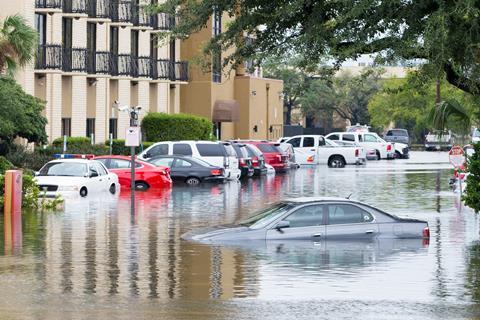
The official Atlantic hurricane season lasts from June to November, but planning for a storm is a year-round task, starting from the moment a new lab building is designed. Buildings in at-risk regions on the US Gulf Coast and the east coast of Central America are reinforced to withstand hurricane-force winds. And the severe flooding that accompanies these events means that backup generators need to be installed – preferably high up, perhaps even on the roof.
Key systems may have more than one backup. But without proper protection and regular testing these can lead to a false sense of security, as the French chemical company Arkema found in the aftermath of Hurricane Harvey in 2017. Unprecedented flooding overwhelmed the primary power supply of their chemical plant in Crosby, Texas. The floodwater also took out all three emergency systems designed to keep volatile chemicals refrigerated – backup generators, refrigerated trailers and a system that allowed liquid nitrogen to be pumped throughout the facility.
‘Since all of those things failed from the same mechanism, they weren’t really extra layers of protection,’ says Kristen Kulinowski, interim head of the US Chemical Safety Board in Washington, DC. Without refrigeration, the organic peroxides manufactured by the plant ignited and exploded. Nearby residents and first responders manning an evacuation zone around the Arkema facility experienced respiratory problems and some were hospitalised.
Safety first and last
Most labs in the region have emergency management plans that detail what to do when a hurricane is incoming. These plans need regular updating and testing. ‘Anyone working with hazardous substances should be thinking about what can go wrong, and how to safeguard these materials in order to protect the community and environment from such a disaster,’ says Kulinowski. Many possible dangers of various chemicals must be considered, including toxicity and flammability, as well as the proper management of lab waste.
When a storm is imminent, lab work will be interrupted to implement the emergency plan. Chemical containers will need to be sealed tightly and securely, non-essential electronics should be unplugged (surge protectors will hopefully safeguard electrical items that need to continue running), and it is also recommended that refrigerators and freezers should be turned to the coldest setting.
Safety measures must remain in place even after the storm has passed. In 1998, Hurricane Georges hit the University of Puerto Rico, leading to power outages. In the aftermath, an unsuspecting lab worker opened a refrigerator containing volatile chemicals, not realising the danger posed by the unstable temperature within. ‘They opened the fridge and one of the compounds inside it exploded,’ says Ingrid Montes, a chemistry professor at the university. ‘It was a small fire that was controlled easily, but it was a lesson learned – nobody touched the fridge for weeks after the electricity was stable again.’
From bad to worse
While emergency plans are vital for keeping labs running, they generally only cope with foreseeable events. However, ‘the worst-case scenario that you can imagine might not be the worst-case scenario,’ warns Kulinowski.
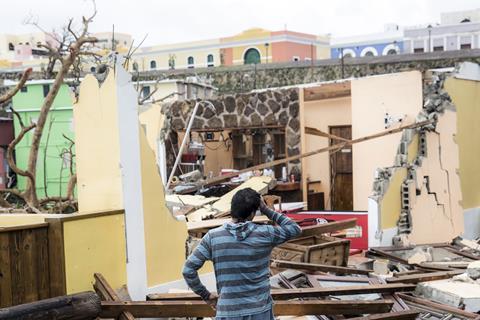
For the University of Puerto Rico, the impact of Hurricane Maria in September 2017 exceeded its direst expectations. ‘For many years, hurricanes would get very close to Puerto Rico and then turn to the north, so we were expecting the same,’ says Montes. Instead, Maria hit the island. Many buildings on the university’s 11 campuses were severely damaged and some were completely destroyed. Fume hoods in many labs sustained extensive damage, and instruments were lost due to floods, leaking roofs and spray that came through lab windows.
Although the university had an emergency plan, Montes says it was inadequate because nobody expected to lose communication for a prolonged period – cell phone networks and the internet were down for about a month, and there was no electricity and running water for weeks.
‘Students were afraid that their research would be disrupted for a long time,’ Montes says. After an emergency ‘you need to get back to your routine as soon as possible … otherwise, you feel lost and that feeling could be very destructive to your self-esteem and motivation’, she urges.
Fortunately, help came from colleagues in Puerto Rico and beyond. Institutions in the US mainland and Europe offered visiting fellowships for Puerto Rican students to visit and continue their research after Maria hit. ‘Some stayed for a month or a semester, and others for the full year,’ Montes recalls. The less damaged University of Puerto Rico campuses also opened their doors to researchers from campuses that had fared worse.
For a lab to weather a natural disaster, it must expect the unexpected – and plan for it. But it’s reassuring to know that when the worst happens, colleagues around the world can be relied on to lend their support.
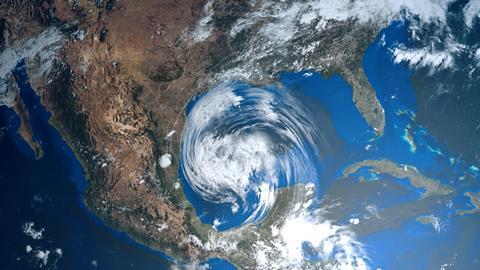
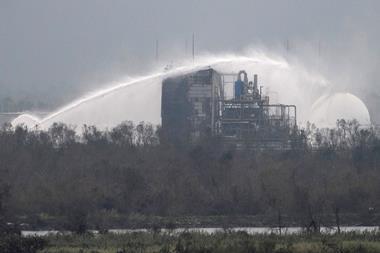
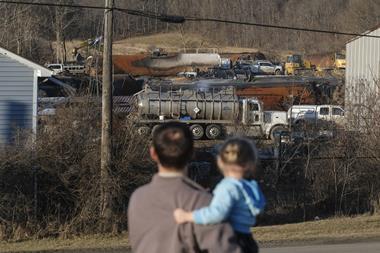



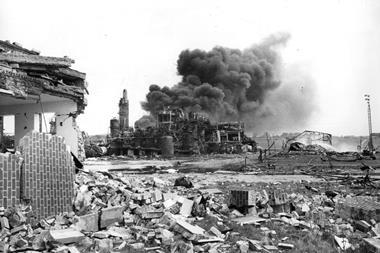






No comments yet